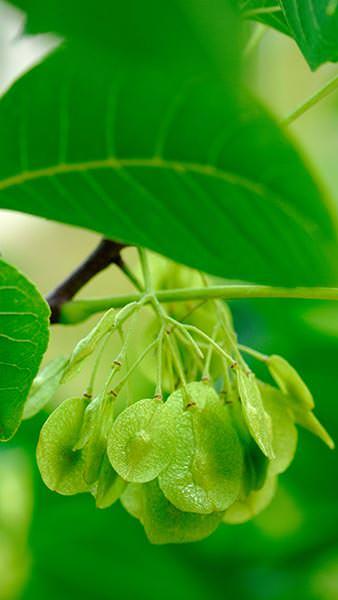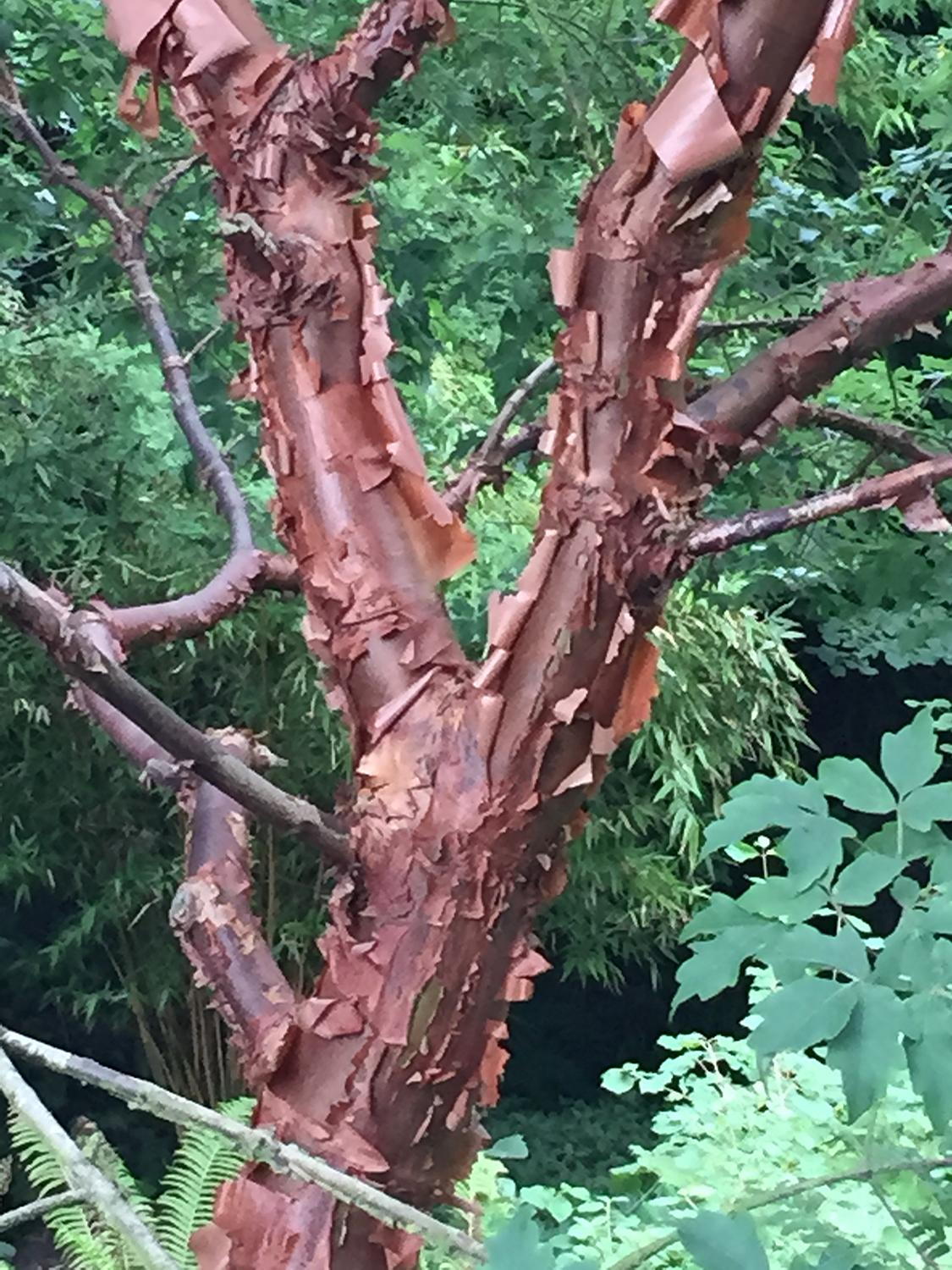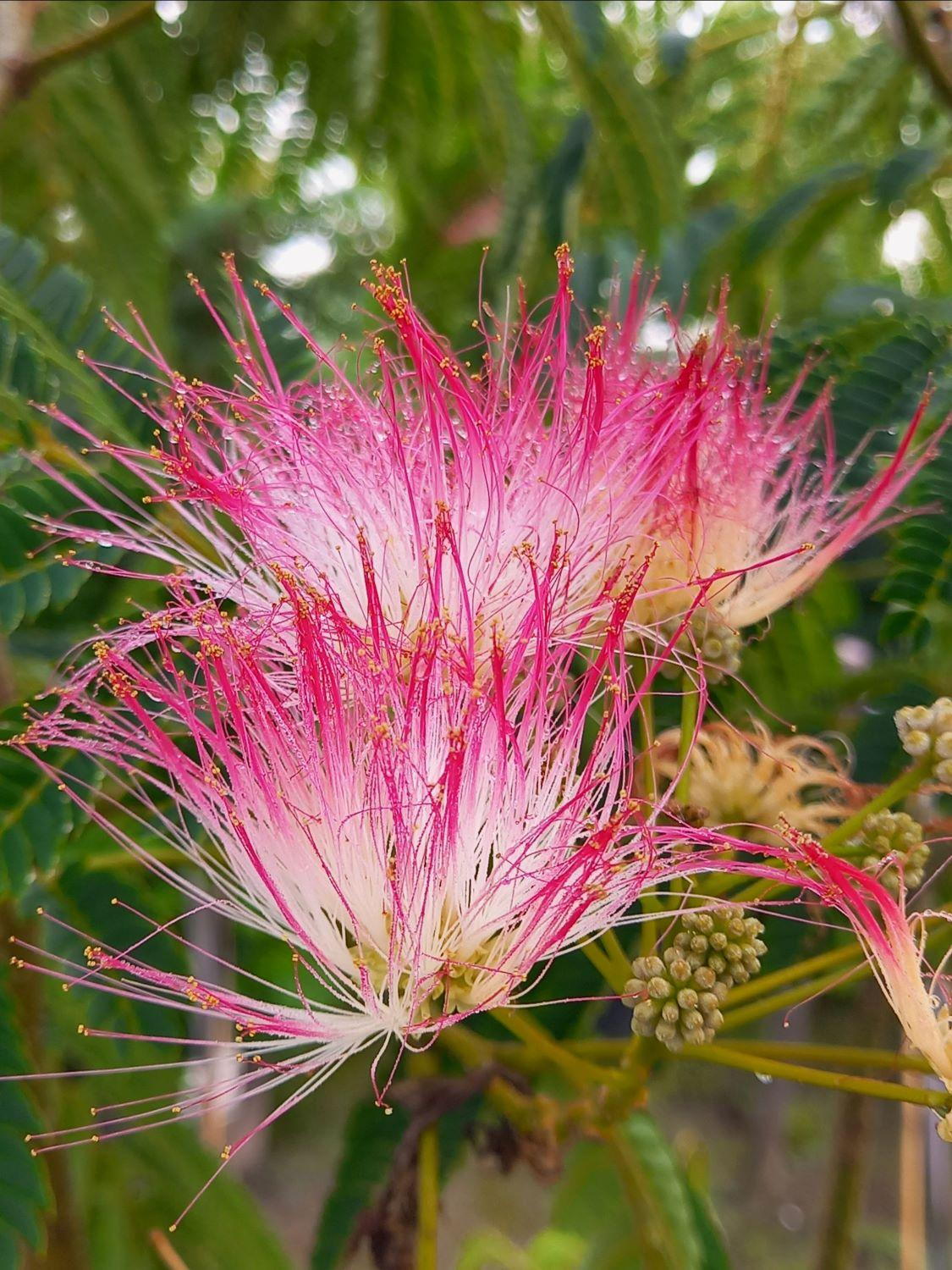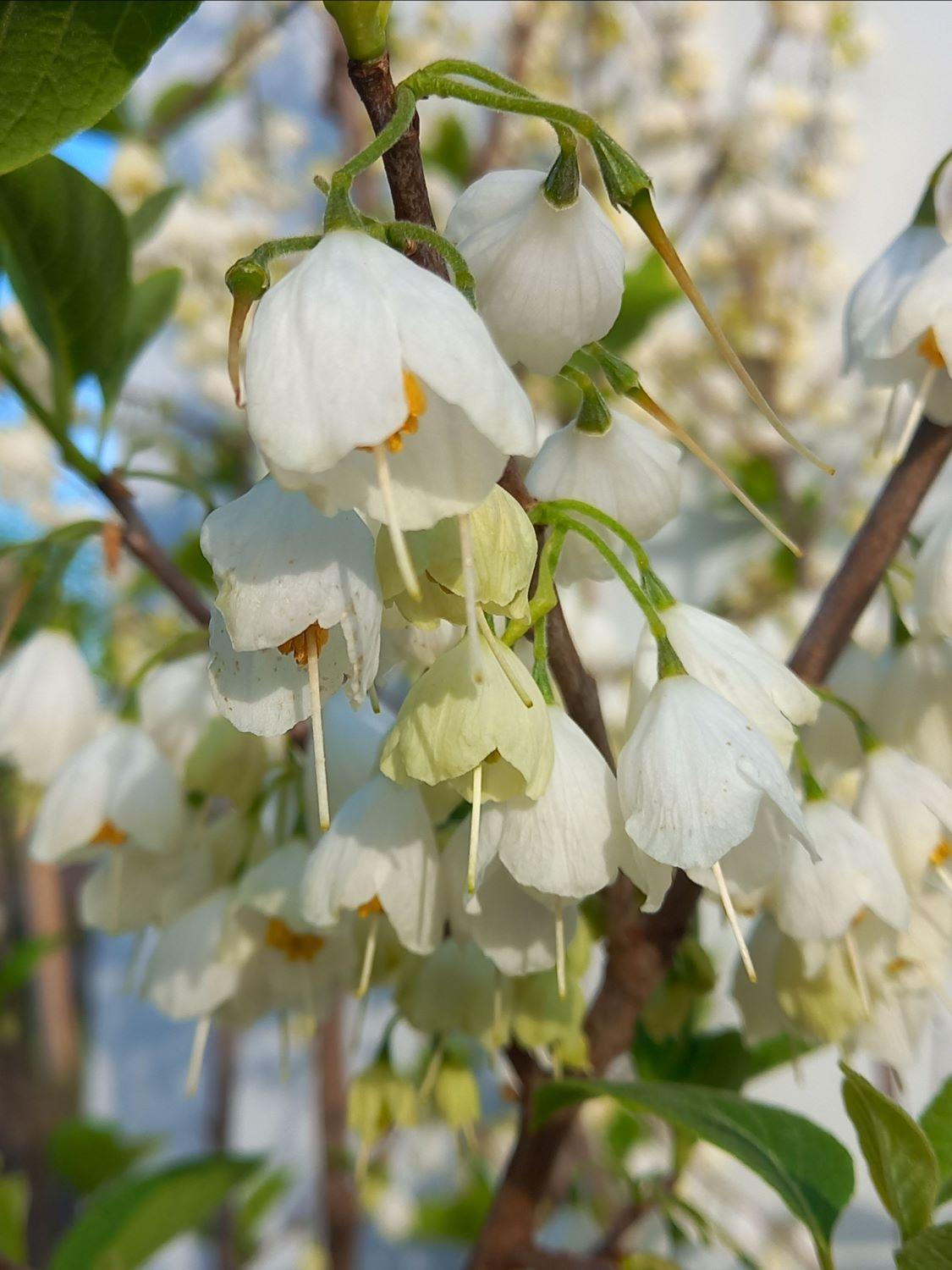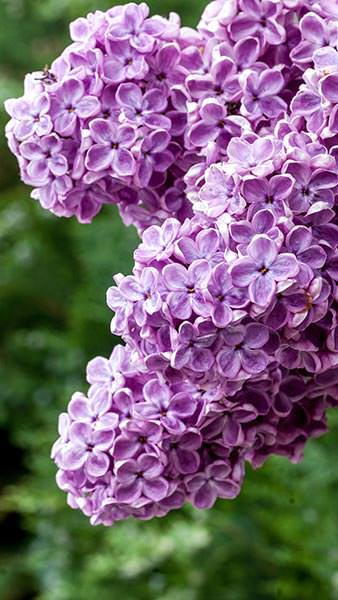Ptelea Trifoliata Common Hoptree Deciduous Small Tree
Ptelea Trifoliata or Common Hoptree, is a large deciduous shrub or a small tree. This US native might be best known for its highly decorative flattened winged seeds, but there is much more to this cultivar than ornamental samaras. Easy to grow and to care for, Common Hoptree offers multiple seasons of interest. In spring, the dense, rounded shrub produces dark green, glossy tripartite leaves, circa 12 centimetres in size. The rich green hue of leaves turns to chartreuse tones in the autumn. The star-shaped, pale green flowers borne in cymes emerge in early summer, although the scented blossoms are not particularly showy. It is the fruit that follows that attracts the most attention! The thin, circular, winged discs that encase the seeds adorn the tree for months, appearing late in the summer and persisting on the branches well into the winter. These almost translucent samaras are approximately 2.5 centimetres in diameter. Ptelea Trifoliata has several descriptive common names with historic origins. Hoptree is a historical reference to the use of the seeds as a substitute for hops. Wafer Ash refers to the slim appearance of the seed.Height and Spread of Ptelea TrifoliataCommon Hoptree is can be grown as a large shrub or a small tree. The maximum height this plant can achieve is 4 to 8 metres, with a spread of 2.5 to 4 metres.How Hardy is Ptelea TrifoliataThis deciduous North American native tree is quite resilient and robust. In the United Kingdom, this cultivar is fully hardy and fares well in subzero temperatures. Common Hoptree is also generally disease free and pest free.How To Use Ptelea TrifoliataThe attractive appearance and ease of care make this lovely tree appealing to many gardeners. Its versatile form and foliage lend itself to a variety of uses in landscaping, but Common Hoptree is mostly used as a specimen tree for lawns or as an informal hedge. In mixed shrub borders, this deciduous cultivar serves as a perfect backdrop to plants with showier blossoms, and then shines through with its winged seeds when the flowering season comes to an end.Plant Common Hoptree near a patio or seating area in the garden for shade in the summer and to better enjoy the beautiful fragrance of its flowers. The blossoms might be inconspicuous, but they have a pleasant scent similar to orange-blossoms, which will fill your garden from June to July.How To Care for Ptelea TrifoliataCommon Hoptree is remarkably undemanding. For best results, grow this ornamental shrub in fertile, well-drained soil, in full sun to dappled shade. In case you are interested in similar specimens for your garden, make sure to take a look at our impressive collection of fully mature hardy trees.
